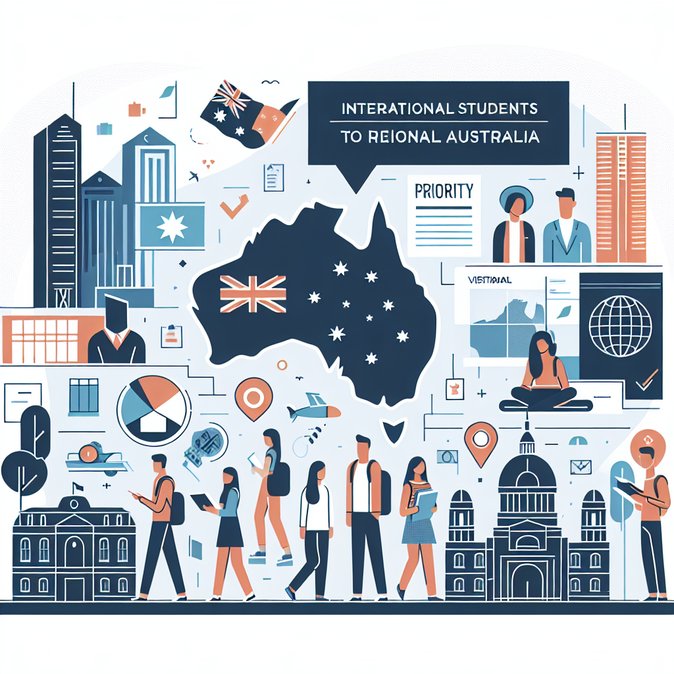
Reporting in The Economic Times highlights the geopolitical and demographic rationale behind Australia’s latest student-visa directive. Ministerial Direction 115, to be enforced from 14 November 2025, is explicitly designed to lift enrolments at regional campuses while cooling demand in Sydney and Melbourne, where housing shortages and infrastructure strain have become political flashpoints.
The directive follows months of lobbying by state premiers in Queensland, South Australia and Tasmania, who argue that international students are vital to offset ageing populations and chronic skills gaps in health, construction and advanced manufacturing. Under MD 115, providers that invest in student accommodation outside major capitals—and that recruit more heavily from South-East Asia—receive faster visa processing and higher allocations in the 2026 National Planning Level.
![Government signals regional tilt as new directive balances student numbers across Australia]()
Analysts note that the policy dovetails with Australia’s efforts to deepen ties with ASEAN neighbours: faster visas for students from Indonesia, Vietnam and the Philippines could translate into stronger graduate-talent pools for employers expanding into those markets.
For multinational companies rotating staff through regional hubs such as Adelaide’s Lot Fourteen tech precinct or Townsville’s resources corridor, the directive should improve access to bilingual graduates and reduce relocation lead-times. However, metropolitan institutions warn that slower visas may drive would-be students to Canada or the UK, potentially eroding Australia’s global market share if housing bottlenecks are not fixed in parallel.
Education agents are advising applicants to double-check their chosen institution’s priority lane before paying tuition deposits, as switching providers after lodgement could trigger fresh biometrics and delay arrival.
The directive follows months of lobbying by state premiers in Queensland, South Australia and Tasmania, who argue that international students are vital to offset ageing populations and chronic skills gaps in health, construction and advanced manufacturing. Under MD 115, providers that invest in student accommodation outside major capitals—and that recruit more heavily from South-East Asia—receive faster visa processing and higher allocations in the 2026 National Planning Level.

Analysts note that the policy dovetails with Australia’s efforts to deepen ties with ASEAN neighbours: faster visas for students from Indonesia, Vietnam and the Philippines could translate into stronger graduate-talent pools for employers expanding into those markets.
For multinational companies rotating staff through regional hubs such as Adelaide’s Lot Fourteen tech precinct or Townsville’s resources corridor, the directive should improve access to bilingual graduates and reduce relocation lead-times. However, metropolitan institutions warn that slower visas may drive would-be students to Canada or the UK, potentially eroding Australia’s global market share if housing bottlenecks are not fixed in parallel.
Education agents are advising applicants to double-check their chosen institution’s priority lane before paying tuition deposits, as switching providers after lodgement could trigger fresh biometrics and delay arrival.






